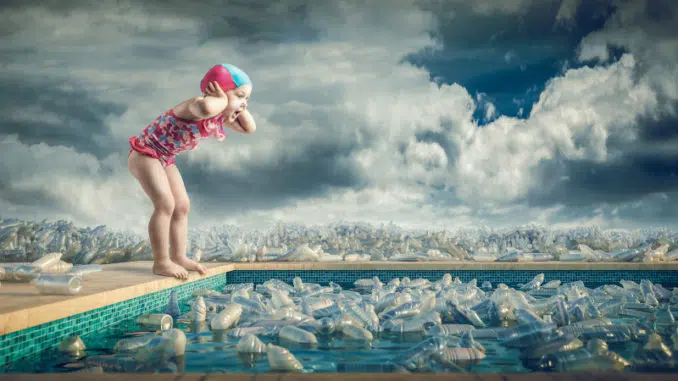
Plastics are one of the main sources of pollution in the oceans and in nature. Just open your eyes to realize it.
However, there are also environmentally friendly plastics because they biodegrade and are produced from plants.
Plastics and bioplastics, what is the difference?

Most of the plastics we use are produced from petroleum. This is a problem because oil is, first of all, an exhaustible resource. But more serious still, after its use it is thrown in the trash to be cremated. In other words, it is burned, which releases carbon dioxide into the atmosphere, a gas known to contribute to the greenhouse effect.

Polymer
Chain or network molecules formed by the bond of several small molecules together.
Others simply throw their plastic bottles and packaging into the environment, which pollutes our ecosystem and affects the lives of animals and ours, because these plastics take centuries to decompose.
A bioplastic is a plastic made from plant resources, such as corn, wheat, beet, wood treatment or algae … In practice, we recover a set of molecules from this biomass, and we transform them to make plastic.

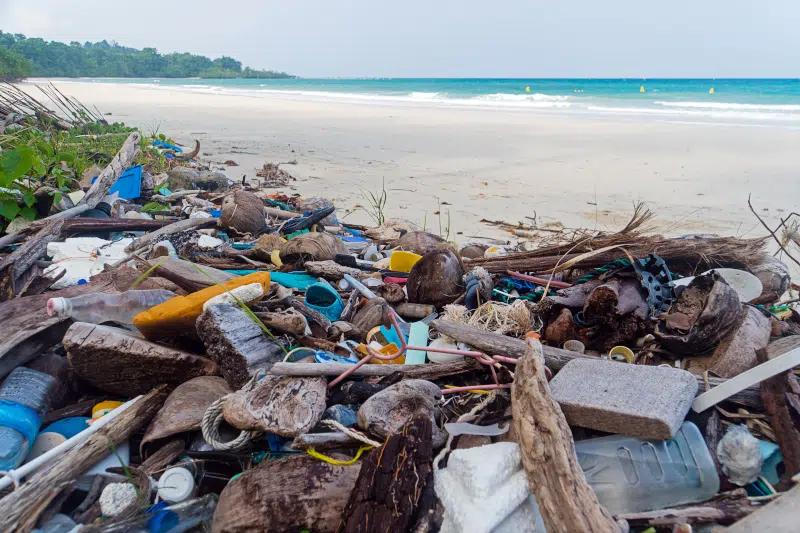

In Israel, plastic is made from algae.
Researchers at Tel Aviv University, Professors Goldberg and Gozin to name a few, have developed a revolutionary bioplastic from algae grown in seawater.
By feeding, these algae produce gigantic molecules called polymers. These are then used to make bioplastics.
The polymer formed by these algae is 100% vegetable and 100% biodegradable. By breaking down into very small pieces, it does not release any toxic compound for its environment.
Why are these bioplastics produced by algae beneficial for the environment?
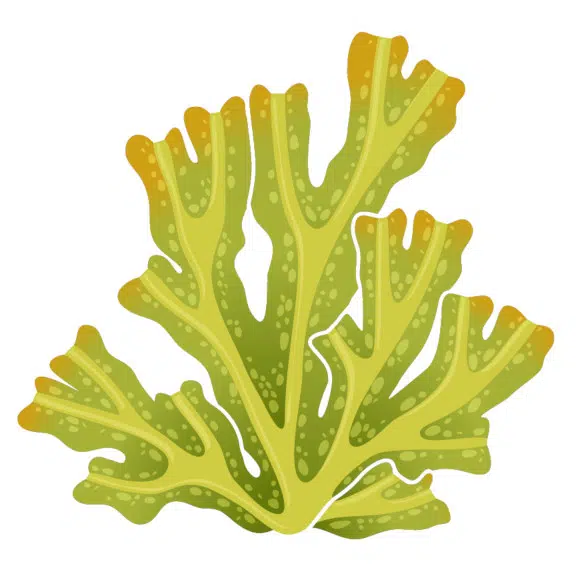
In addition, the bioplastic obtained degrades into very small pieces after a few weeks. These small pieces allow the plants to feed. They are said to be biodegradable.
Finally, unlike the plastics produced from wheat or corn, here we do not deprive anyone of food. Yes, you should know that wheat or corn are sometimes cultivated not to be consumed by men, but to be transformed into plastic, which deprives populations of food.
Thus, arable land and fresh water could be used only for cultivation, while the seas would be the place of production of bioplastics, thanks to algae.

Algae
It is a rootless plant that lives mainly in water.
Ecosystems
It is the set of living and non-living components of a natural environment.
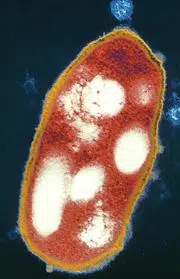
Halloferax mediterranei
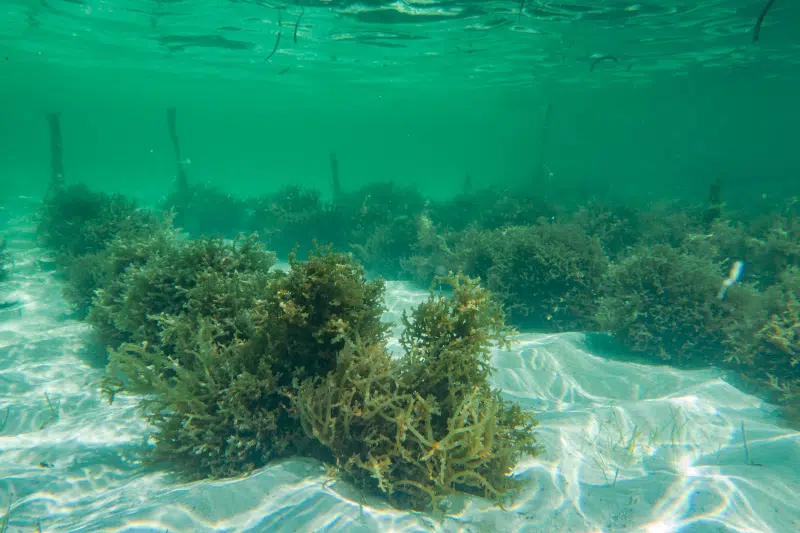
Algae farming
In conclusion, are these bioplastics a solution for our future?

Yes, because we will always have to use single-use plastics, such as cups, food films, sterile packaging, etc.
If they are produced from algae and then biodegrade in a few weeks into non-hazardous substances, we will solve the problem of pollution of the oceans and ecosystems.

